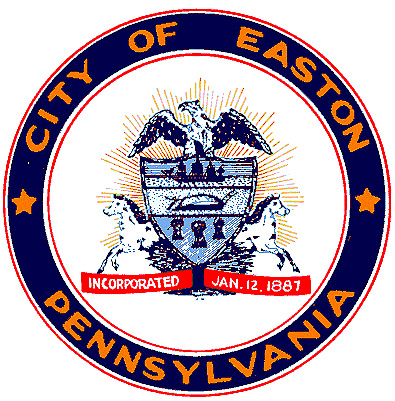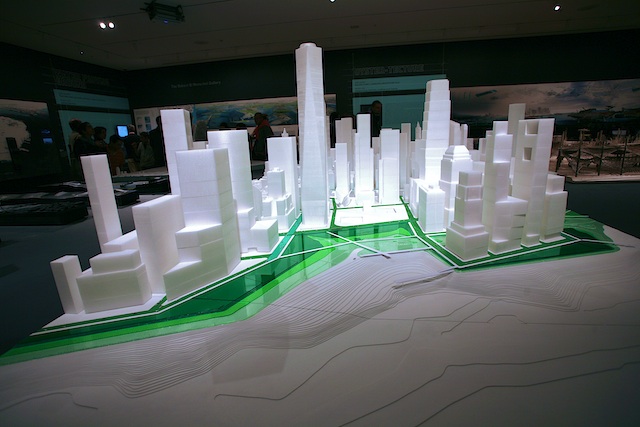 The City of Easton (PA) has enacted an abandoned property ordinance (pdf) to combat neighborhood deterioration, targeting property foreclosures, and abandoned and blighted properties. It creates an array of new tools for the City to eliminate nuisance conditions, promote neighborhood stability, and protect property values.
The new tools include:
The City of Easton (PA) has enacted an abandoned property ordinance (pdf) to combat neighborhood deterioration, targeting property foreclosures, and abandoned and blighted properties. It creates an array of new tools for the City to eliminate nuisance conditions, promote neighborhood stability, and protect property values.
The new tools include:
- creating a registration system for properties that are in default of a mortgage, foreclosed, abandoned or blighted;
- requiring owner and mortgagee inspections of properties that are in default of a mortgage;
- requiring owners who do not live within a 30-mile radius of the City to designate a local property manager;
- imposing an escalating annual registration fee for properties in default of a mortgage, abandoned or blighted;
- imposing new property maintenance standards in addition to existing city property maintenance codes, including duties on mortgagees;
- requiring owners and mortgagees to maintain such properties in a secure manner to prevent access by unauthorized persons;
- creating additional authority for the city to lien properties for costs incurred by the city to assure compliance with maintenance standards;
- imposing substantial fines (not less than $1,500) for violations, including a failure to: register the property, pay any fees within 30 days after they are due, or maintain or secure such properties.
The new ordinance was prompted by the large number of foreclosures and property vacancies induced by the implosion of the market for securitized mortgages and collateralized debt obligations and the resulting Great Recession. Following abandonment by owners, foreclosing banks frequently refuse to take responsibility for property maintenance. The National League of Cities has recognized this as a nationwide problem. Property owners, property mangers, and mortgagees for properties located within the City of Easton would be well-advised to familiarize themselves with these new requirements.

